EDITORIAL
Published on 04 Nov 2022
Editorial: Regulation of lipid metabolism in adipose tissue and skeletal muscle
doi 10.3389/fphys.2022.1010578
- 2,030 views
17k
Total downloads
51k
Total views and downloads
EDITORIAL
Published on 04 Nov 2022
MINI REVIEW
Published on 08 Sep 2022

ORIGINAL RESEARCH
Published on 07 Apr 2022

ORIGINAL RESEARCH
Published on 29 Mar 2022
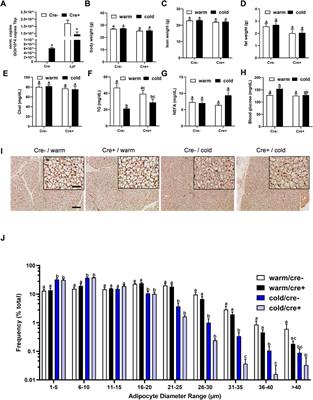
MINI REVIEW
Published on 02 Mar 2022
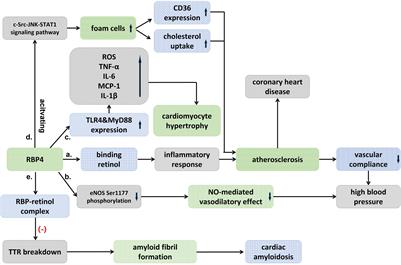
MINI REVIEW
Published on 17 Feb 2022
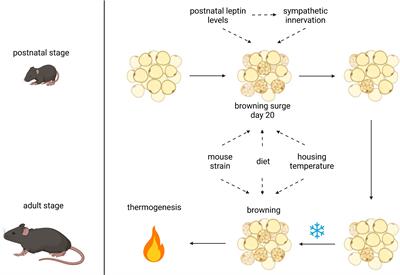
ORIGINAL RESEARCH
Published on 10 Feb 2022
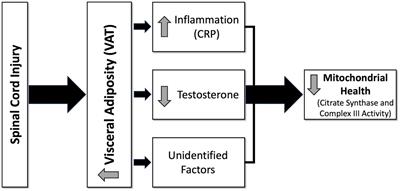
ORIGINAL RESEARCH
Published on 13 Oct 2021
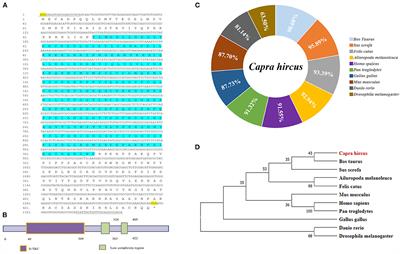
ORIGINAL RESEARCH
Published on 06 Oct 2021
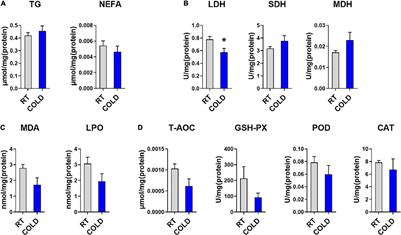
ORIGINAL RESEARCH
Published on 19 Aug 2021
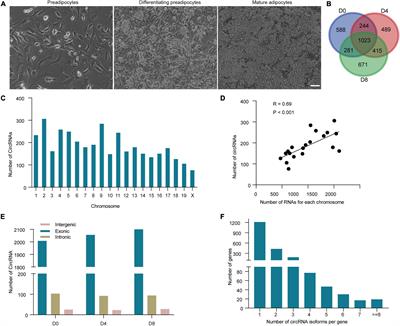
MINI REVIEW
Published on 08 Jun 2021

CASE REPORT
Published on 31 May 2021

